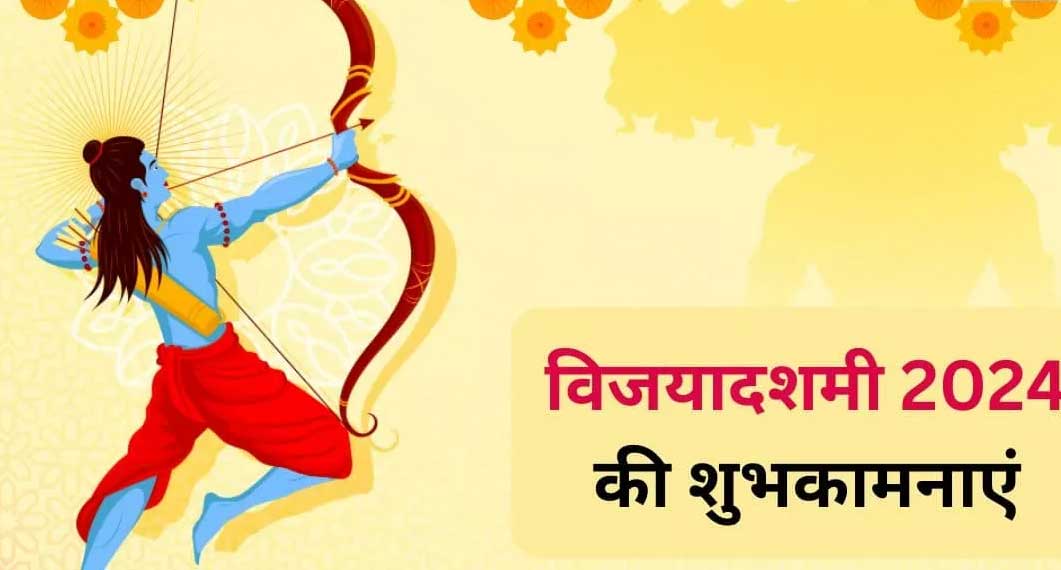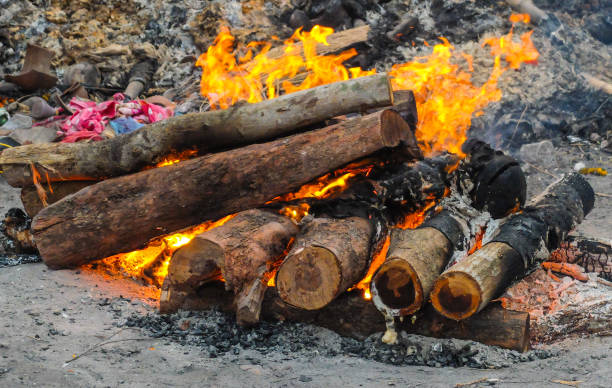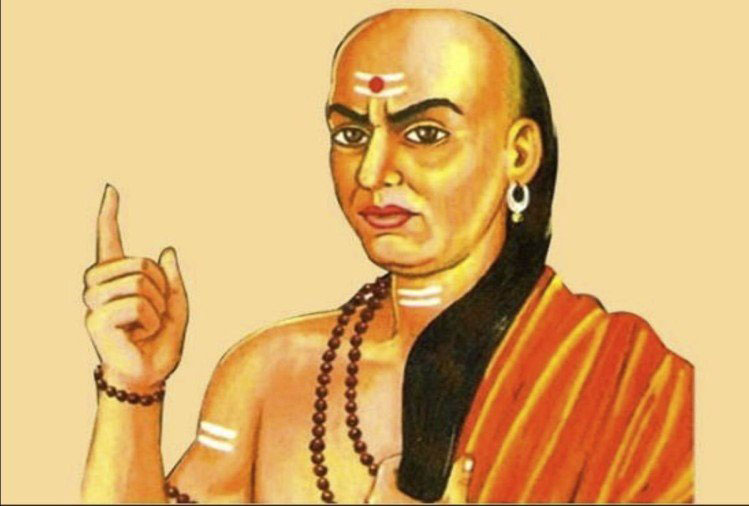Dussehra – Vijayadashami : Dussehra, also known as Vijayadashami, is a significant Hindu festival celebrated across India and in some neighboring countries. It marks the victory of good over evil and is associated with two major stories from Hindu mythology:
- Lord Rama’s victory over Ravana: In the epic Ramayana, Dussehra celebrates Lord Rama’s triumph over the demon king Ravana, who had kidnapped Rama’s wife, Sita. The festival marks the culmination of Rama’s journey to rescue Sita, aided by Hanuman and the monkey army.
- Goddess Durga’s victory over Mahishasura: In some parts of India, especially in West Bengal, Dussehra coincides with the end of Durga Puja, celebrating Goddess Durga’s victory over the buffalo demon Mahishasura, symbolizing the triumph of good over evil.
Traditions and Celebrations:
- Ramlila Performances: Theatrical enactments of the Ramayana, called Ramlila, performed In many parts of India, especially in North India,. The culmination of the performance is the symbolic burning of huge effigies
of Ravana, Meghnath (Ravana’s son), and Kumbhkaran (Ravana’s brother) to celebrate the victory of Rama. - Durga Puja Visarjan: In eastern states like West Bengal, Assam, and Odisha, Dussehra marks the conclusion of Durga Puja. The devotees immerse idols of Goddess Durga in rivers or seas during Visarjan, symbolizing her return to her celestial abode.
- Processions and Celebrations: In cities like Mysuru, Dussehra is celebrated with grand processions and cultural performances. The Mysuru Dussehra is famous for its royal parade, elephants decked in finery, and the lighting of the Mysore Palace.
Symbolism:
- Victory of Good over Evil: The central theme of Dussehra is the victory of good (Lord Rama,
Goddess Durga) over evil (Ravana, Mahishasura). - End of Navaratri: Dussehra is the final day of the Navaratri festival, which lasts for nine days
and involves fasting, worship, and celebrations in honor of the goddess.
Dussehra is also seen as an auspicious time for new beginnings, and people often start new ventures,
purchase new items, or perform housewarming ceremonies during this time.
दशहरा – Dussehra – Vijayadashami
दशहरा, जिसे विजयादशमी भी कहा जाता है, एक प्रमुख हिन्दू त्योहार है, जो अच्छाई की बुराई पर विजय का प्रतीक है।
इसे भारत और पड़ोसी देशों में धूमधाम से मनाया जाता है। दशहरे का मुख्य संबंध हिन्दू धर्म की दो प्रमुख कथाओं से है:
- भगवान राम की रावण पर विजय: रामायण के अनुसार, दशहरा भगवान राम द्वारा लंकापति रावण पर
विजय प्राप्त करने की घटना का प्रतीक है। रावण ने भगवान राम की पत्नी सीता का हरण किया था,
और भगवान राम ने हनुमान और वानर सेना की मदद से रावण को पराजित किया। - माँ दुर्गा की महिषासुर पर विजय: पूर्वी भारत में, विशेष रूप से पश्चिम बंगाल में, दशहरा दुर्गा पूजा के समापन
के रूप में मनाया जाता है, जब देवी दुर्गा ने महिषासुर नामक राक्षस का वध किया था। यह बुराई पर अच्छाई की विजय का प्रतीक है।
परंपराएँ और उत्सव:
- रामलीला का मंचन: उत्तर भारत में, दशहरे के समय रामायण की कहानी का मंचन किया जाता है,
जिसे रामलीला कहा जाता है। इसका समापन रावण, मेघनाद और कुंभकर्ण के विशाल पुतलों के दहन के साथ होता है,
जो भगवान राम की विजय को दर्शाता है। - दुर्गा पूजा विसर्जन: पश्चिम बंगाल, असम और ओडिशा जैसे पूर्वी राज्यों में दशहरे के दिन दुर्गा पूजा का समापन होता है। इस दिन माँ दुर्गा की प्रतिमाओं का जल में विसर्जन किया जाता है, जिसे विसर्जन कहा जाता है। यह उनके स्वर्ग लौटने का प्रतीक है।
- झाँकी और शोभायात्रा: मैसूर जैसे शहरों में दशहरा बड़े धूमधाम से मनाया जाता है, जहाँ शोभायात्राएँ,
सांस्कृतिक कार्यक्रम और महल की रोशनी प्रमुख आकर्षण होते हैं। मैसूर दशहरे की प्रसिद्ध झाँकी में सजाए गए
हाथी और शाही धूमधाम प्रमुख होते हैं।
प्रतीकात्मकता:
- अच्छाई की बुराई पर विजय: दशहरा का मुख्य संदेश है कि अच्छाई (भगवान राम, माँ दुर्गा) हमेशा बुराई
(रावण, महिषासुर) पर विजय प्राप्त करती है। - नवरात्रि का समापन: यह नवरात्रि के नौ दिनों के व्रत और पूजा का समापन भी है, जिसमें देवी दुर्गा की आराधना की जाती है।
दशहरे को नया कार्य शुरू करने और शुभ समय के रूप में भी देखा जाता है। इस दिन लोग नए व्यवसाय, सामान की खरीदारी और गृह प्रवेश जैसे शुभ कार्यों की शुरुआत करते हैं।




